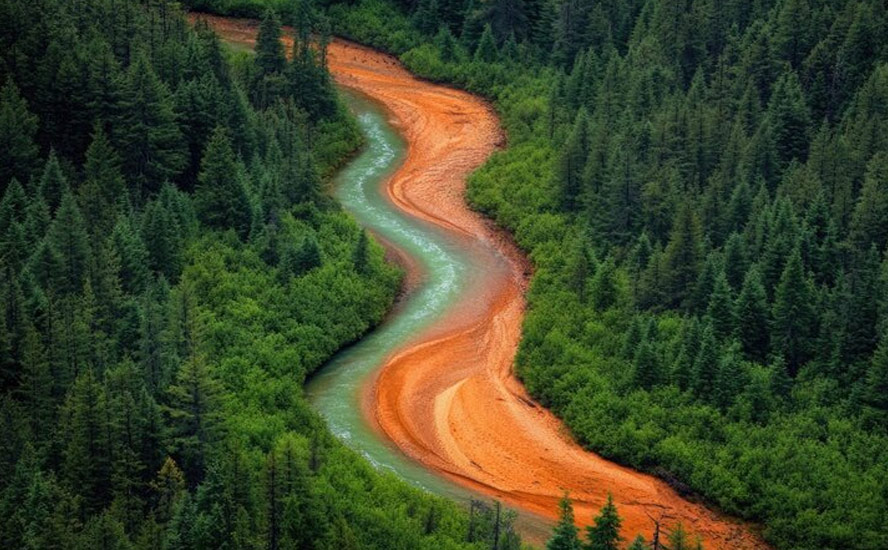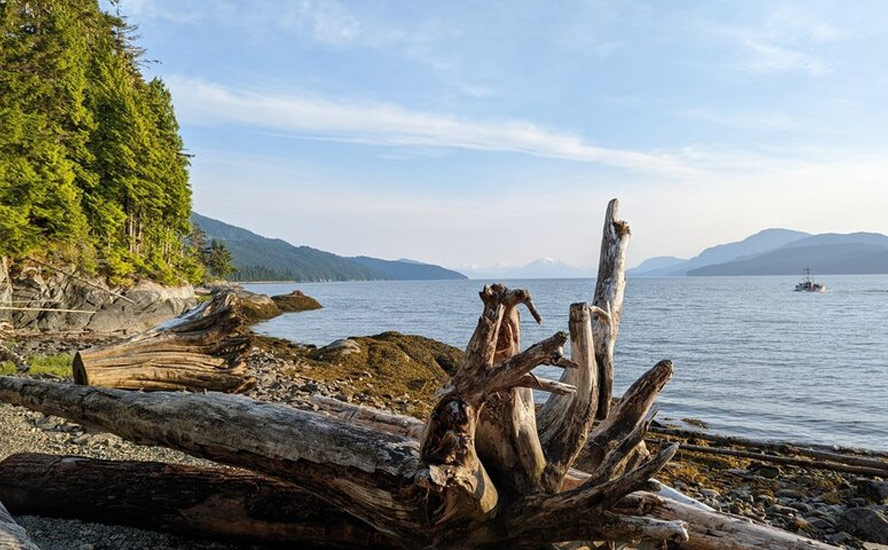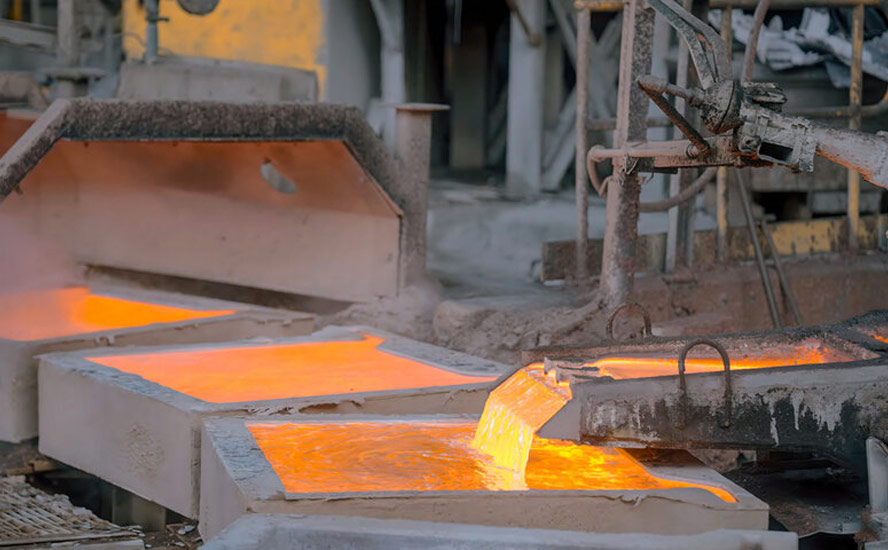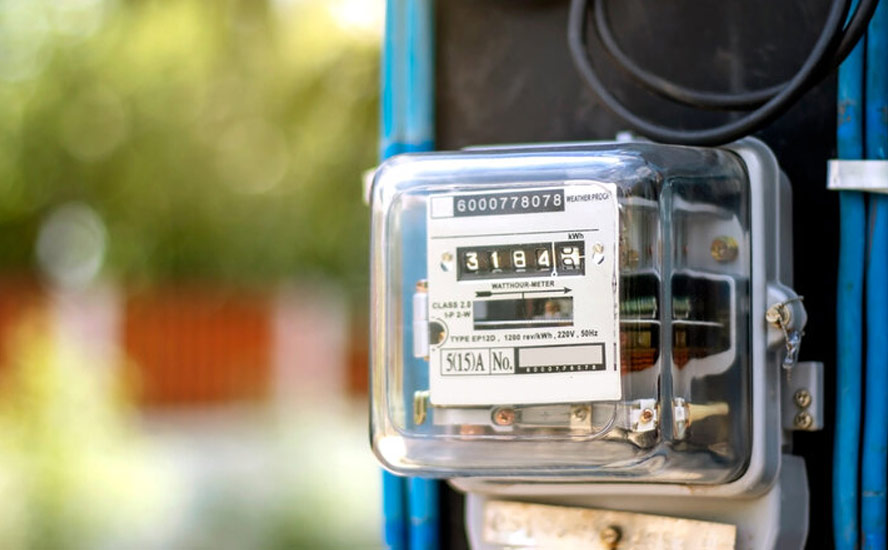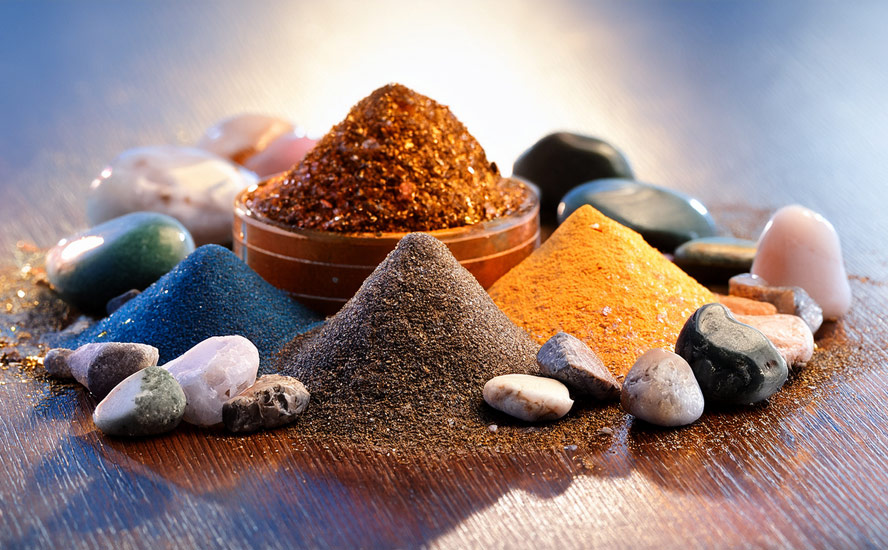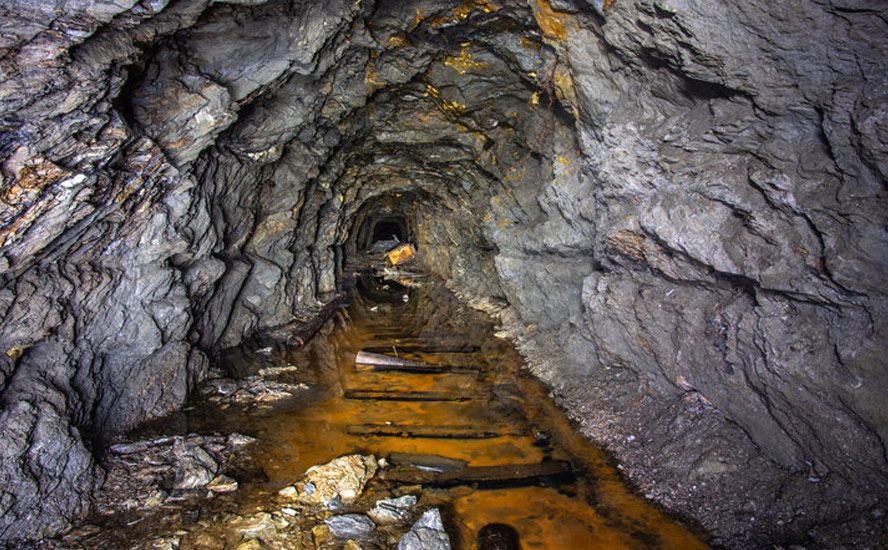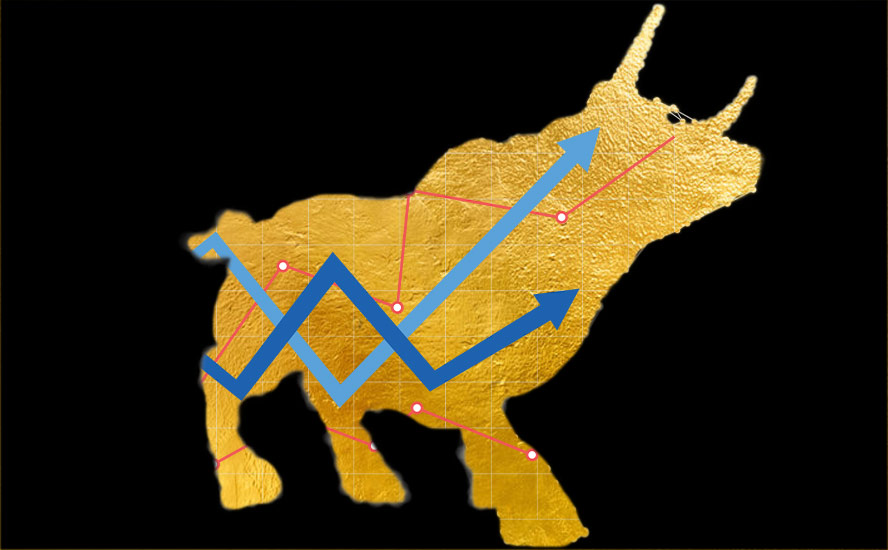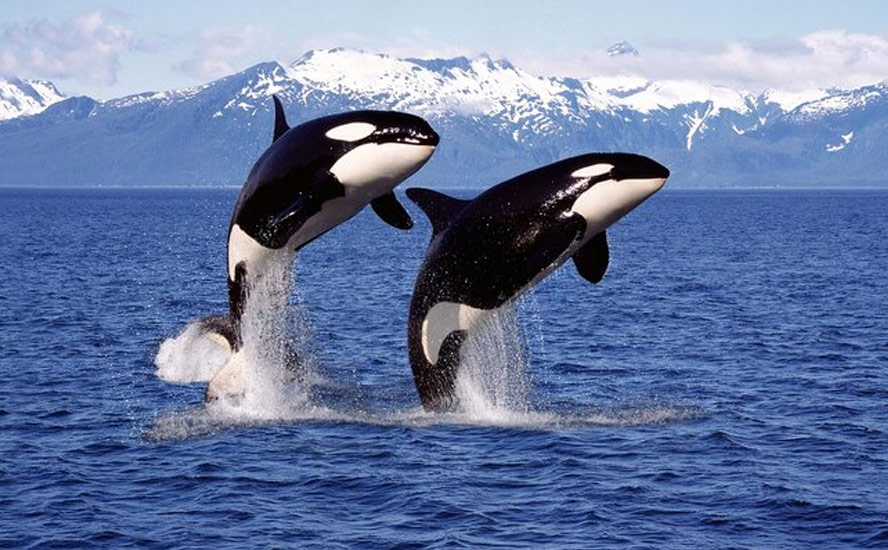Max upscales potential gold-bearing conglomerates by 4.5X

2019.02.08
Scale does matter.
Max Resource Corp (TSX-V: MXR) has identified a second outcrop of gold-bearing conglomerate at its Choco Precious Metals Project in Colombia.
The discovery means that the original 8-square-kilometer exploration zone more than quadruples to 36 square kilometers – vastly increasing the potential for a gold discovery at Choco, located about 100 kilometers from Medellin.
“The continuing exploration success suggests Max may well be on the cusp of a new gold discovery. The results of this exploration program will provide an indication of the scale of this project,” said Brett Matich, Max’s president and CEO, in a press release.
The significance can be better understood by taking a look at the map below showing a narrow rectangle with red dotted lines.

Within the rectangle are six bulk sample test pits Max has dug in order to determine the amount of gold contained within the hard rock conglomerate thought to contain gold mineralization. Just below (south) of Pit 5 is the first 12-meter-thick outcrop that Max found and is currently testing for free gold content (gold that is not bound up with any other minerals.).
Moving down further, towards the bottom of the rectangle is the second outcrop. Now we don’t yet know the size of the outcrop, nor the amount of gold contained in it, but what we do know is that after testing five of six bulk sample pits, Max observed gold in all five.

At the Choco Precious Metals Project, the nature of the suspected mineralization pattern – flat-lying, near surface, the area of the on-going exploration now covers 36 square kilometres; open in all directions and analysis is by bulk sampling of approximately 2,000 kilograms of gold bearing conglomerates and basic gravity gold recovery, at this earlier exploration stage.
Earlier, Max conducted a six-pit 2m by 2m by 30cm-deep bulk sampling program, spread over an 8 sq. kilometer area.
About 2,000 kilograms of hard rock conglomerate was randomly collected from each pit, then a 50-kg sample from each pit was sent to a lab in Medellin, where it was crushed to <2mm, then gravity-separated to reveal the gold.
The results observing free gold were published last week.
Samples from a 12m-high outcrop – a guide to the thickness of the gold-bearing conglomerates – have been sent to the lab for analysis. Results from the sixth sample pit are also pending.
The plan for the bulk sampling program is to 1) substantiate reports of free gold within the hard rock conglomerates and 2) to determine the thickness of the gold conglomerate and how far it extends laterally.
As far as the two outcrops, 25- to 50-kg random chip samples have been taken and are being processed to confirm the presence of free gold.
Max will keep doing bulk sampling in order to provide an indication of the scale of the Project (and identify gold distribution) of the potential deposits. At that point Max would be open to bringing in a partner, likely a mid-tier or major gold company, and/or an equity financing for what would be a large drill program; there is also the potential for a take-out.
For now, though, bulk sampling has one big advantage over drilling. While drilling can determine gold grades, fire assays can’t tell anything about how the gold should be processed. A bulk sample can. Max is currently using simple, inexpensive gravity processing to determine how much gold is in each (roughly) 50-kg sample. Future studies could access the viability of ore gravity-processing (the cheapest method of gold processing), making for extremely attractive economics.
Now that two outcrops have revealed gold bearing conglomerate discoveries and have confirmed a vertical thickness of 12m from outcrop 1 in near the centre of the 36 sq km area and free gold was observed in the first sample from each of the first five trial pits Max’s challenge will be to try and make a connection between the first outcrop and the second. Will a series of sample pits dug north of outcrop 2 also yield free gold? What if more pits throughout the rectangle also reveal gold?
If so, we could be looking at a near surface blanket of gold-bearing conglomerate, about 12 meters from surface (see diagram below), potentially lying along a 36-square-kilometer area!
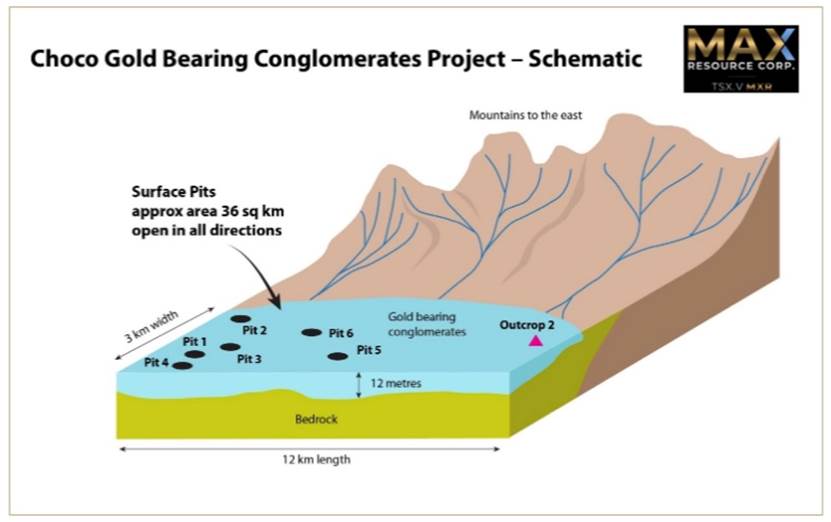
Here’s what Matich told Ahead of Herd last week about the original 8 sq.km area:
“We’re looking at the enormity of scale. If you work out the volume of material in the 8 square kilometers at a 12-meter thickness, it comes out to a substantial amount of material.”
Richard (Rick) Mills
Ahead of the Herd is on Twitter
Ahead of the Herd is now on FaceBook
Ahead of the Herd is now on YouTube
Legal Notice / Disclaimer
This document is not and should not be construed as an offer to sell or the solicitation of an offer to purchase or subscribe for any investment. Richard Mills has based this document on information obtained from sources he believes to be reliable but which has not been independently verified. Richard Mills makes no guarantee, representation or warranty and accepts no responsibility or liability as to its accuracy or completeness. Expressions of opinion are those of Richard Mills only and are subject to change without notice. Richard Mills assumes no warranty, liability or guarantee for the current relevance, correctness or completeness of any information provided within this Report and will not be held liable for the consequence of reliance upon any opinion or statement contained herein or any omission. Furthermore, I, Richard Mills, assume no liability for any direct or indirect loss or damage or, in particular, for lost profit, which you may incur as a result of the use and existence of the information provided within this Report.
Max Resource Corp (TSX-V: MXR) is an advertiser on Richard’s site aheadoftheherd.com. Richard owns shares of MXR.
Legal Notice / Disclaimer
Ahead of the Herd newsletter, aheadoftheherd.com, hereafter known as AOTH.Please read the entire Disclaimer carefully before you use this website or read the newsletter. If you do not agree to all the AOTH/Richard Mills Disclaimer, do not access/read this website/newsletter/article, or any of its pages. By reading/using this AOTH/Richard Mills website/newsletter/article, and whether you actually read this Disclaimer, you are deemed to have accepted it.
